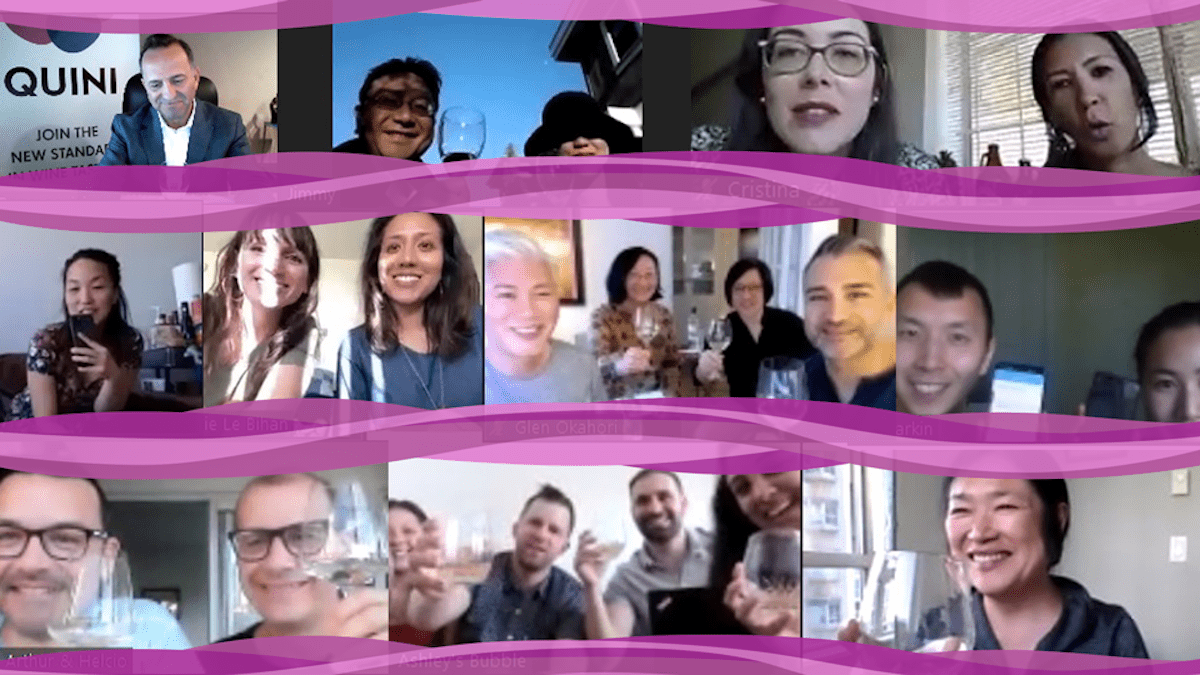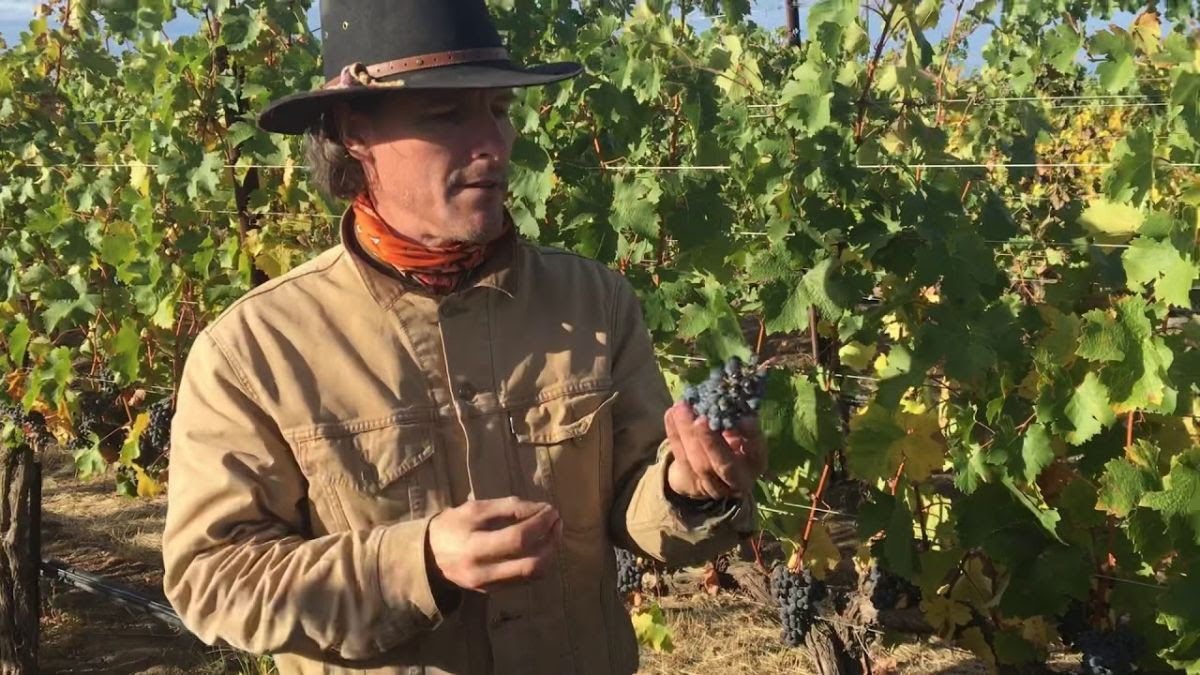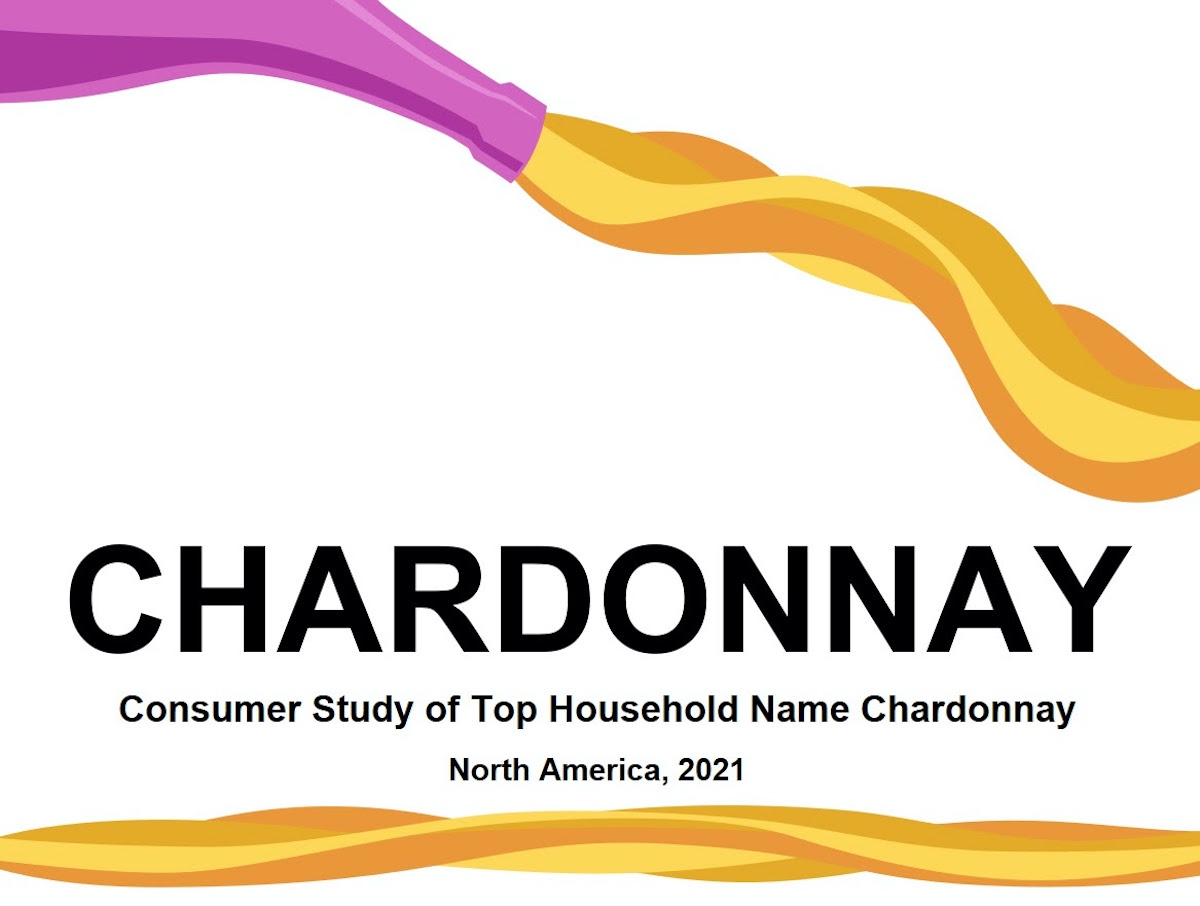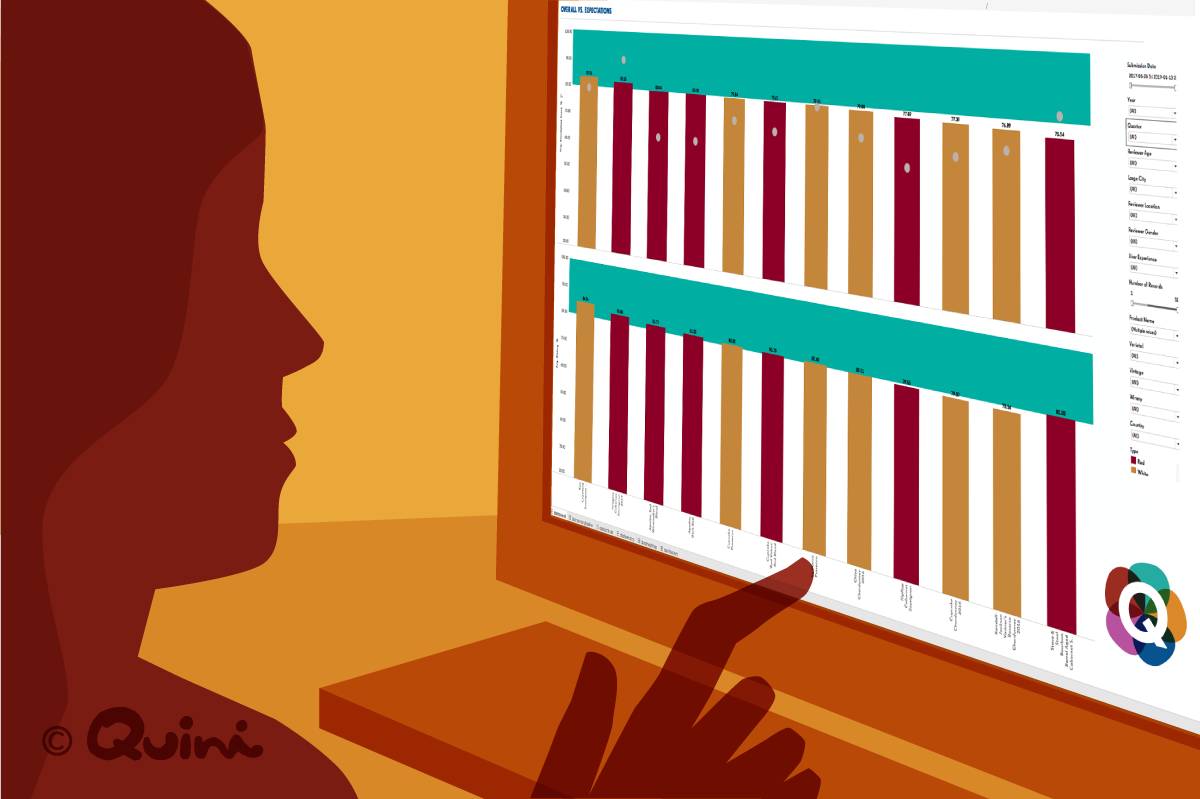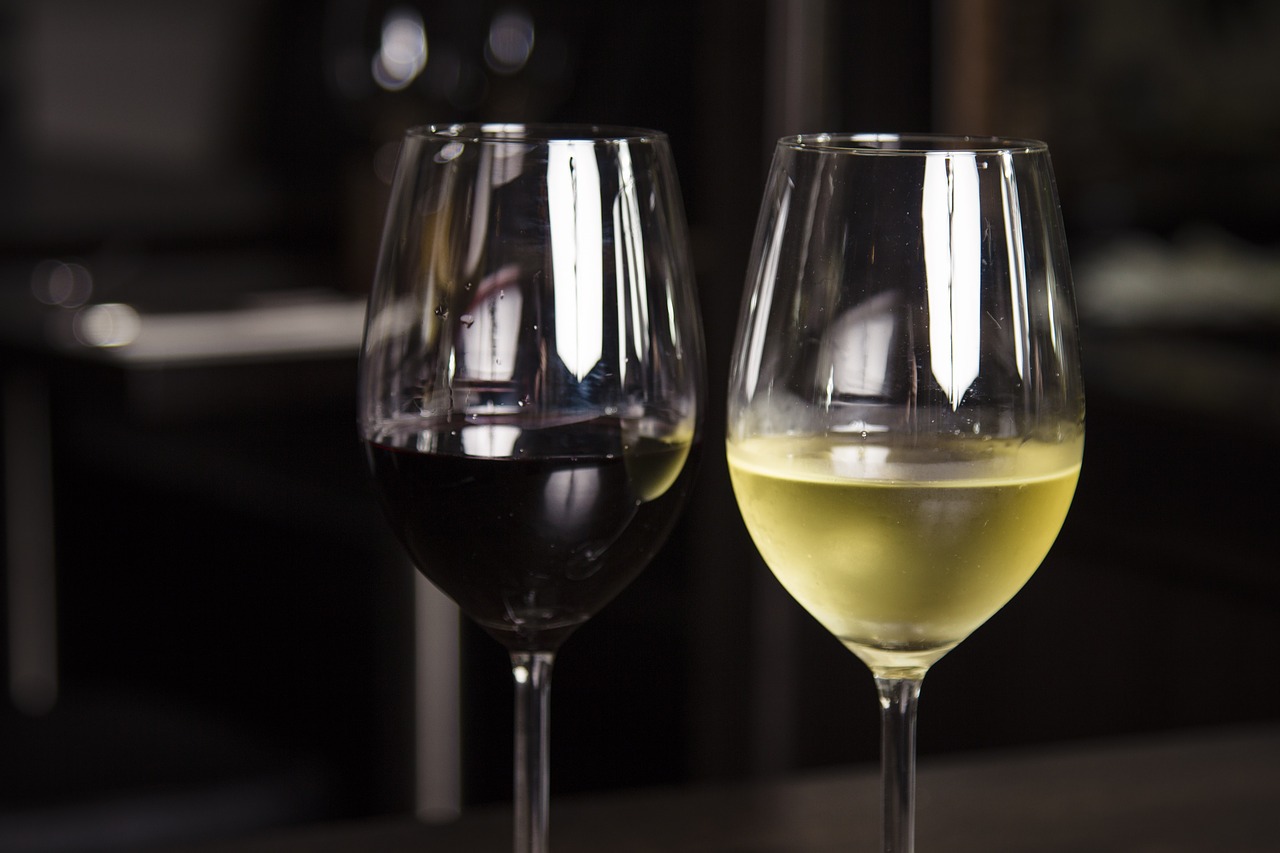Building Wine Appreciation For The New Generation Consumer
In a Cornell Hospitality Quarterly December 2020 special issue on the wine business, a joint research paper highlights what the wine industry must do to develop the younger wine consumer’s appreciation for wine.
The research covered two concurrent studies that were conducted and papered by Cornell University Professor Dr. Kathryn A. LaTour, Ph.D., University of British Columbia Professor Dr. Joy Annamma, Ph.D. and Quini’s CEO Roger Noujeim.
You can view the Abstract or access the full paper on the Cornell Hospitality Quarterly site, at this link.
Today we also submitted our research presentation for publication and discussion at the 72nd ASEV National Conference. The virtual conference will be held June 21-24.
The findings from the research should make every wine producer, retailer and stakeholder organization stop to think about their current communication processes and the data they rely on to advance decisions.
Following are key highlights from the research paper.
Industry Disconnect
Wine education poses a paradox to the industry: consumers say they desire to know more about wine, yet they report being overwhelmed. The traditional analytic approach to education has involved teaching consumers a “grid” with rules for analysis that rely on language that younger consumers dislike.
Holistic Wine Education and Communication
Wine marketing and education have been the primary means of gaining and attracting new consumers. But doing things the “old way” doesn’t seem to be working for younger consumers.
In our research, we suggest that the industry moves from a verbal analytic approach to a more holistic approach to their education and communication. In Study 1 we test how the analytic versus holistic approach results in differences in discrimination and liking of wine for young wine consumers. We then describe a new app, QUINI, and its digital approach to wine education. We mined three years of their data to uncover generational involvement in digital wine tasting. We also conducted a survey of their consumers to determine any differences in interest in wine and wine education. We discuss the managerial implications of our findings.
Hypotheses
The traditional approach to wine education believes that consumer appreciation can be guided by unbiased, impartial, and experienced judging. Rule-based grids and verbal lexicons have been developed to teach mastery.
However, younger consumers are turned off by expert lingo and want a learning experience that is meaningful to them.
Study 1: Learning To Like Versus Discriminate
Sixty-nine wine consumers between 21 and 35 years old attended a learning session presented as a wine tasting and education event, where they were randomly assigned to either a holistic or an analytic learning condition. The holistic group learned to more fully experience tasting wine by drawing images. The analytic group, in contrast, learned to analyze the wine’s taste through deconstructing taste elements into individual elements and writing a detailed description of the wine.
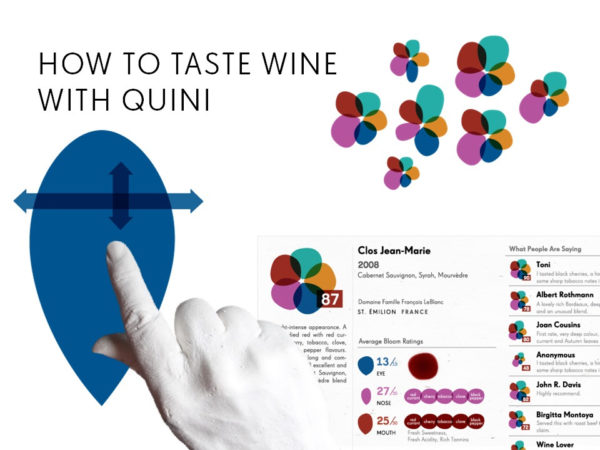
Key Findings
Those with prior education did better on the wine test (MEducation = 2.2 versus MNoEducation = 1.2, t(67)= 3.54 p = .0007); reported drinking more styles/varieties of wine (MEducation = 4.87 versus MNoEducation = 3.15 t(67) – 2.49 p = .01) and overall more engaged wine behavior (MEducation = 12.77 versus MNoEducation = 10.64 t(67)= 1.99 p = .05).
Study 2: Generational Differences In Wine Learning
QUINI is a visual wine education and evaluation tool designed to help consumers to better understand their wine preferences, as they pro-actively learn and expand their experience of wine. The app allows consumers to evaluate wines on sensory qualities from colour to the aroma, to taste and finish. It is visually appealing and allows the consumer to form an overall evaluation for the wine so that the ratings across consumers are systematic, irrespective of their wine knowledge or expertise. Users report enjoying the experience and sharing their results with others.
Key Findings
Millennials have been engaging with wine on QUINI more than Gen X and Baby boomers. Generation Z drinkers proved they are equally qualified to express an opinion about wine. They seem to be as diligent and expressive in their wine ratings, at times even tougher critics.
Method
An online survey was distributed to QUINI participants in US and Canadian tastings in the Summer/Fall 2019. 81 completed the survey (36 baby boomers, 21 Gen Xers, 21 millennials).
Measures
The Hedonic and Eudaimonic scales from the PEAQ-S used in Study 1 were also employed here. The Hedonic scales loaded on one factor with a Cronbach alpha = .84 and were combined into a Hedonic Index. The eudaimonia items loaded on one factor with Cronbach alpha = .92 and were combined to form a Eudaimonic Index.
Results
Hedonic/Eudamonic Motivation. For Hedonic motivation the overall model was significant F(2,75) = 3.22 p = .05, with means Gen X = 26.38, millennial = 30.24, baby boom = 29.47. These were not significantly different from one another. For Eudaimonic, the model was significant at F(2,75) = 5.32 p = .007. Gen X was found to be significantly lower than the other two generations using the Tukey procedure, Gen X = 18.00, millennial = 24.52, Baby boomer = 23.5.
Media release and images provided by Roger Noujeim, Quini

